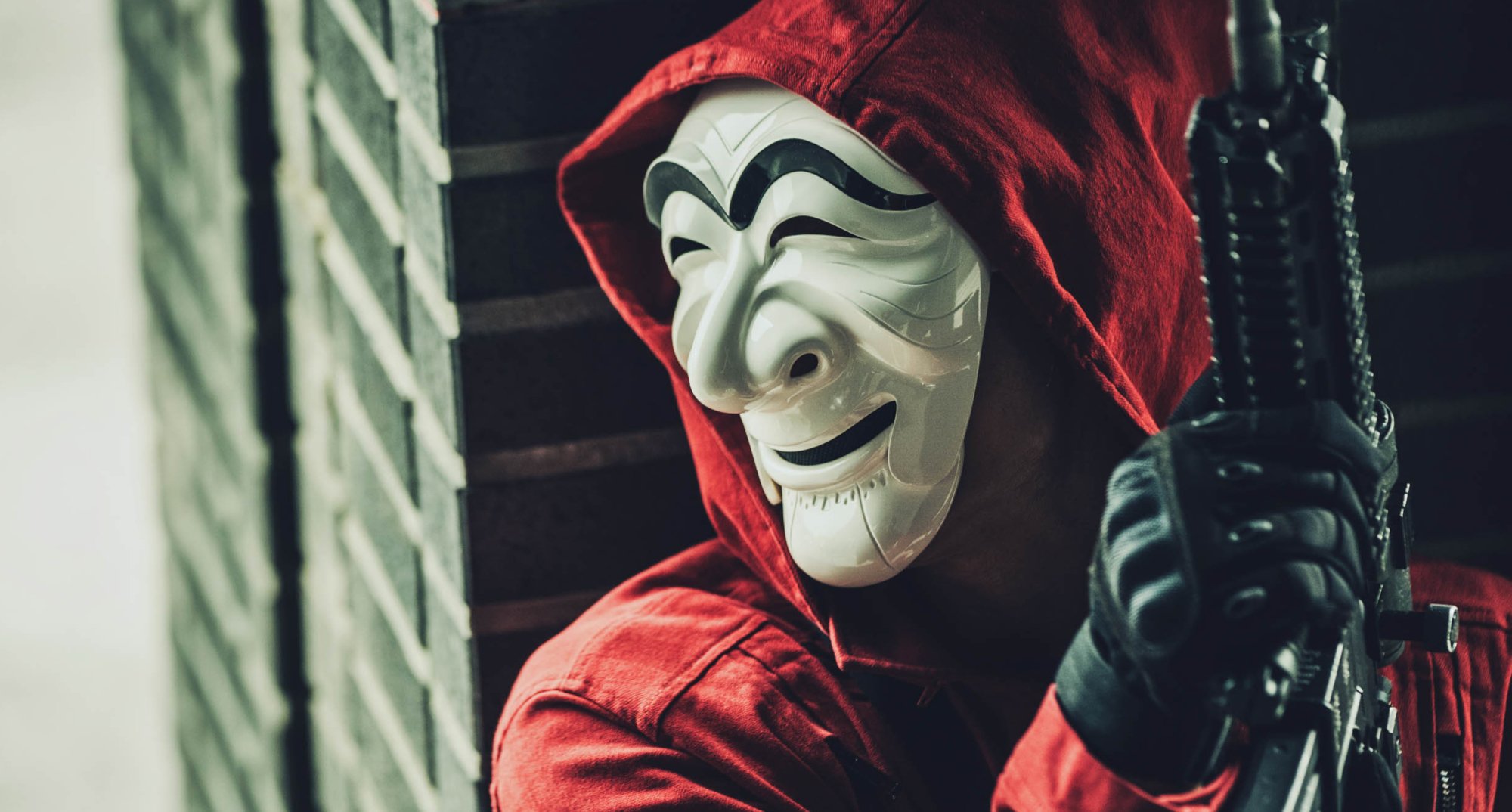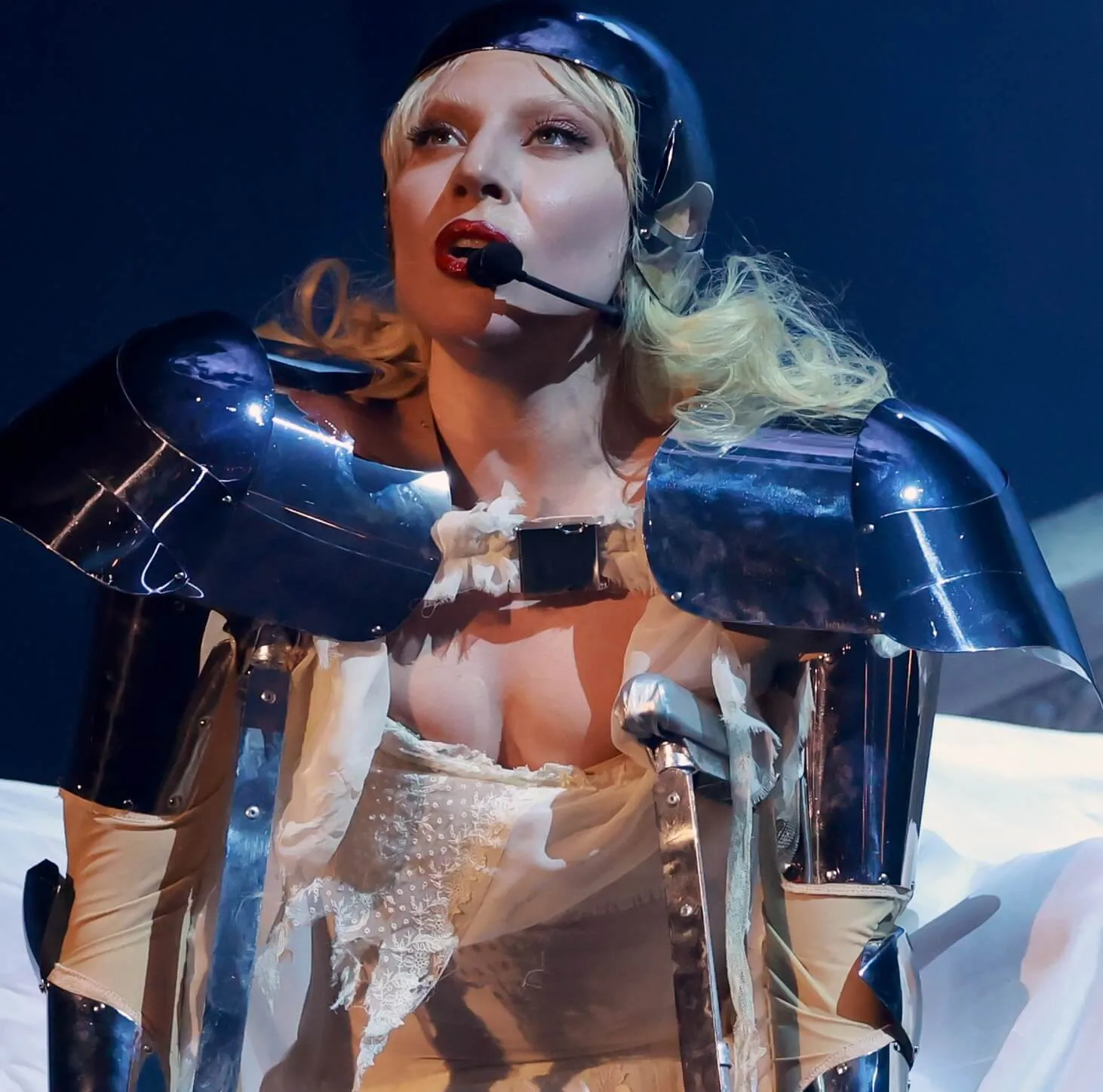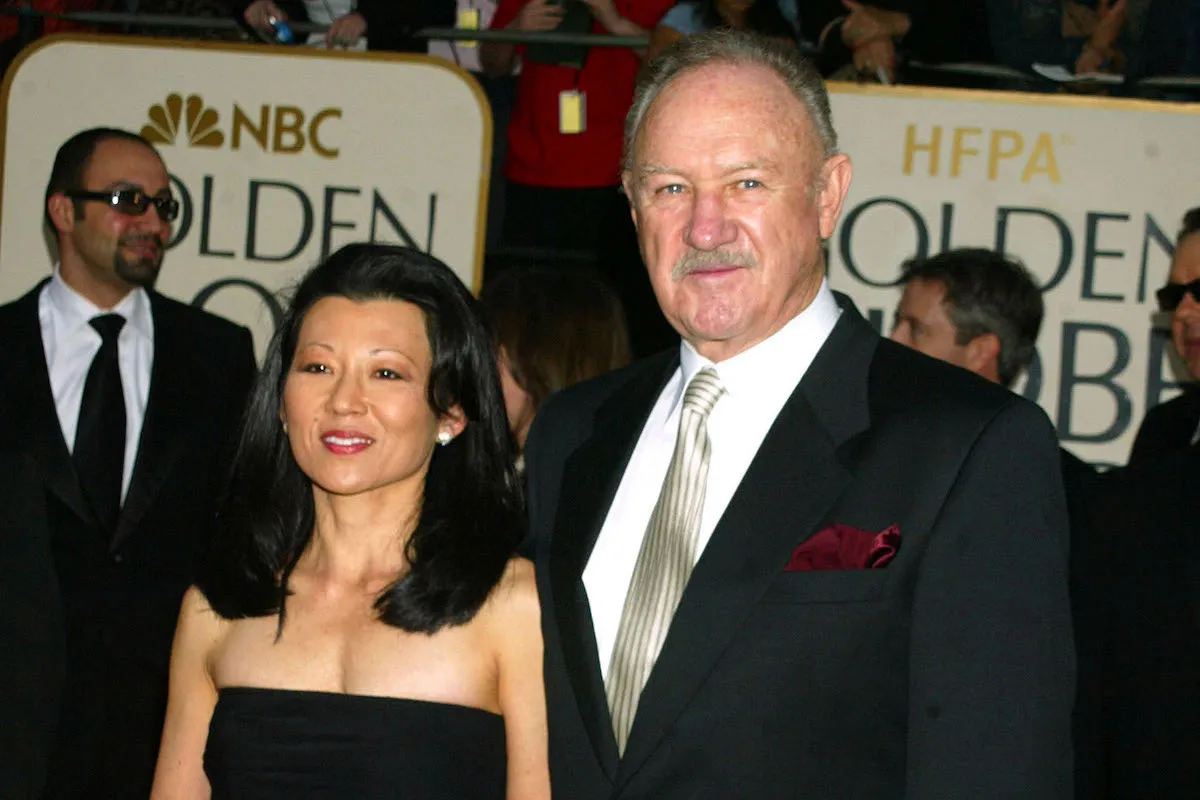
‘Money Heist: Korea’: How the Thieves’ Hahoe Mask Has Ties to Korean History and Power
Money Heist’s overall message is the power battle between the rich and poor in a capitalist society. A society that puts immense value on wealth, money, and the elite. In the series, the team wears red jumpsuits and Salvador Dali masks that have a deeper meaning. In Money Heist: Korea, the mask the heist team wears were changed to Hahoe masks. The K-drama mask symbolizes a time in Korean history and its social inclination toward the ladder of hierarchy.
The ensemble of the heist team represents capitalism in ‘Money Heist’
There is always a symbol when it comes to TV series that make it a point to defy social order, the elite, and capitalism. In Mr. Robot, F Society became synonymous with its mask. The characters in Money Heist created a revolution where everyday people soon saw the Salvador Dali mask and red jumpsuit as a marker for change.
According to Oprah Daily, the Salvador Dali masks were used as a symbol of revolt. Dali was a famed artist during Zurich’s Dada movement that pushed to reject a modern capitalist society. Much like the main characters in the series, they are not stealing from the Mint. They are creating what they deserve to give back to the people. The series’ popularity has made the mask a marker for change in real-life protests.
The team’s red jumpsuit also holds significance. According to Michael Pastoureau’s Red: The History of a Color, red has everything to do with life or life force. The color signifies anger, love, lust, and passion.
Money Heist: Korea kept the jumpsuits but changed the team’s mask to represent Korea’s history with social hierarchy.
The Hahoe masks worn in ‘Money Heist: Korea’ represent levels of Korean society and power
Like the Spanish original, the team’s mask holds a valuable message as they execute the biggest heist in history. In Money Heist: Korea, fans see them wearing a Hahoe mask. According to Google Arts & Culture, “Hahoetal masks are the traditional Korean masks worn in the Hahoe Pyolshin-gut t’al nori ceremony dating back to the 12th century. They represent the stock characters needed to perform the roles in the ritual dance dramas included in the ceremony.”
The mask comes in a group of styles, representing different social classes. The Korean Herald explains, “They represent the monk, nobleman, scholar, butcher, bride, Bune the entertainer, granny, Choraengi, the servant to the nobleman, and Imae, the servant to the scholar.”
The social classes are represented in the styles. Only four masks can move their mouths, signifying freedom of speech. The Korean Herald also explains the dances “gives performers the courage to say and do a multitude of outrageous things at the expense of the social elite.”
The thieves wearing a Hahoe mask in Money Heist: Korea is a form of mockery of the elite and capitalism. Actor Park Hae-soo, who plays Berlin, explains the mask’s importance in history and the K-drama.
Park Hae-soo says the mask is a ‘power’ symbol in ‘Money Heist: Korea’
At the press conference for the K-drama remake, the cast expresses their thoughts on the characters’ masks. Park saw the mask as much of a symbol as it was in the original series.
“I mean, that is a mask that is sending a lot of message in the show. In Spain, the Dali mask was used to send the message of freedom, and in Korea, we used the Hahoe mask from the Andong area, and the Hahoe mask has some significance to it. It is embodying the criticism of the powerful, and it has a sense of humor in it as well,” said Park. “And when the mask was first brought to me, I actually felt this sense of overwhelming power when the mask is worn by every member of the cast.”
His co-star Jeon Jong-seo was also eager to see the mask they would be wearing for Money Heist: Korea. “I was really surprised because it is not a plain-looking mask, it is having a big smile on it and sends a sense of humor and at the same time sends a sense of mystery as well. So it has multi-layered meaning to it and I was feeling really intrigued by the mask,” explained Jeon.
The K-drama has tweaked the backstories of its characters and a few storyline details. But it has stayed true in portraying a strong message with an iconic mask fans will surely remember.


